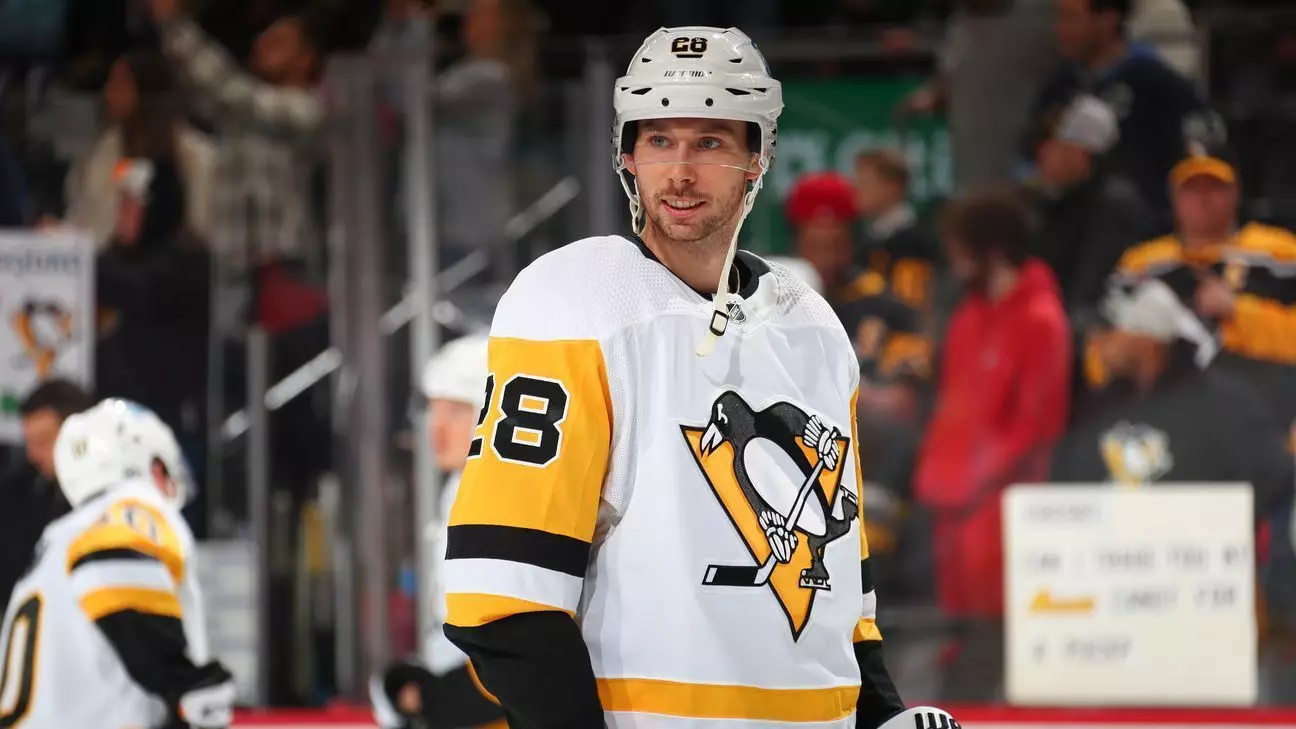The Vancouver Canucks have made a significant move in an attempt to strengthen their roster amidst a flurry of trades activity, marking a pivotal moment in the franchise’s ongoing reconfiguration. The acquisition of defensive stalwart Marcus Pettersson and versatile forward Drew O’Connor from the Pittsburgh Penguins exemplifies the Canucks’ strategic foresight as they work to build a more formidable lineup going forward.
The trade sees the Canucks sending a notable package to Pittsburgh, including the first-round draft pick acquired from the New York Rangers in a previous deal that involved J.T. Miller. This strategic maneuver not only emphasizes the organization’s commitment to a strong future but also highlights the shifting dynamics in the competitive landscape of the NHL. The Penguins—who are currently undergoing their own retooling phase—received additional assets: forward Danton Heinen, defenseman Vincent Desharnais, and the rights to forward Melvin Fernstrom. This complex exchange underscores the evolving nature of team rosters in the National Hockey League and illustrates the strategic decisions general managers must make in balancing short-term performance with long-term potential.
The conditions surrounding the New York pick are particularly intriguing. If it falls within the top 13 selections in the 2025 draft, the Canucks’ loss in this trade could be mitigated by an unprotected first-round pick in 2026. As this draft is anticipated to yield a deeper pool of talent, the stakes of this trade extend far beyond immediate player performance.
Marcus Pettersson, 28, enters the Canucks as a notable two-way defenseman capable of contributing both offensively and defensively. His skill set—characterized by solid puck management and significant reach—offers Vancouver a robust addition to their blue line, desperately seeking depth and versatility. Throughout his tenure in Pittsburgh, Pettersson excelled while occasionally pairing with elite defensemen such as Erik Karlsson and Kris Letang, garnering 18 points in 47 games this season. His understanding of the game and ability to read plays will be invaluable as the Canucks pursue a more competitive edge going forward.
On the other hand, Drew O’Connor, age 26, brings a unique blend of size and tenacity that can bolster the Canucks’ forward group. His ability to skate on both wings, alongside his notable forechecking skills, could take on increased importance in Vancouver’s defensive schemes. Despite finding himself predominantly in the bottom six with the Penguins, where he notched 16 points in 53 games, the potential remains for O’Connor to flourish in a different role with the Canucks. With a reasonable contract averaging $925,000 annually, O’Connor represents a cost-effective asset as the Canucks navigate a competitive landscape.
For the departing players, Danton Heinen and Vincent Desharnais will both pursue new opportunities in Pittsburgh. Heinen, with a history of productive play, adds experience, while Desharnais, a towering figure at 6 feet 7 inches, could prove to be a depth option alongside the Penguins’ existing defensive core. Each departure reflects the Canucks’ desire to undergo a transformation, reducing player redundancy while enhancing competitiveness—key aspects for a franchise still searching for its rhythm.
General manager Patrik Allvin’s statement about the recent trades underscores a conscious effort to build a competitive team that can not only challenge in the short term but also establish a stable foundation for the future. While the Canucks suffered a loss post the Miller trade, losing 5-3 to the Dallas Stars, blindsiding defeat can often be an unavoidable part of the maturation process for a team in transition. The alterations to the roster indicate a clear vision—one that prioritizes depth and potential over complacency.
The adjustments made by the Canucks signify an assertive approach to rebuilding and reestablishing their competitive edge. These trades serve as thoughtful steps in the context of player development and performance analysis, which will be vital for cultivating a cohesive, playoff-ready unit. As the season unfolds, the effectiveness of these acquisitions remains to be seen, but the intent to reshape a struggling franchise is undeniably clear.


Leave a Reply